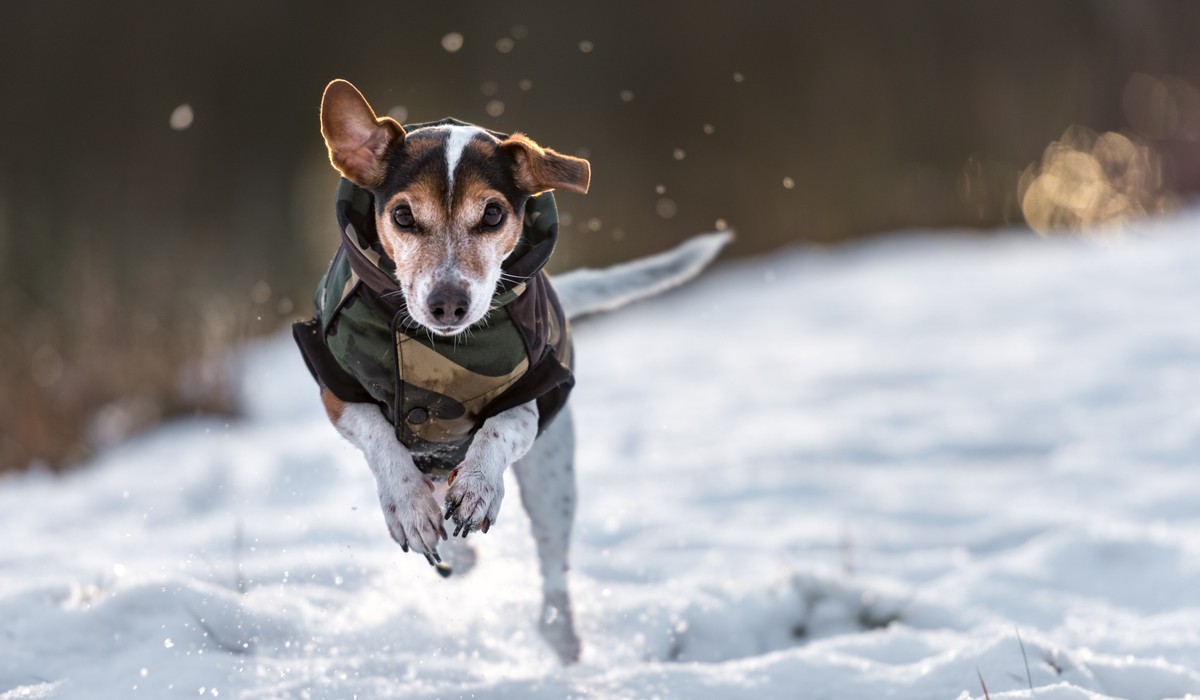Discovering the Chilly Limits: How Cold Is Too Cold for Dogs?

Owners of large, small, and medium-sized dogs alike may be wondering, “How cold is too cold for my pup?” While every puppy is different, and there is no one-size-fits-all answer, there are some general guidelines to consider when deciding how to protect your pup from the cold to help you make an informed decision.
In this article, we will explore how to identify when your pooch is too cold, what the chilly limits are, and how to protect your pup from the cold weather. We will also discuss the signs and symptoms of hypothermia in dogs and what to do if your dog shows signs of hypothermia.
The Impact of Temperature on Dogs
Low temperatures can cause harm to any animal, including our canine companions. Each dog has its unique tolerance for cold temperatures, and their level of comfort or discomfort in extreme temperatures may vary greatly. It is critical to understand the physiological effects of temperature on dogs to identify when they are in danger.
Physiological Effects of Temperature on Dogs
Dogs naturally have a higher body temperature than humans but are still vulnerable to hypothermia in extreme cold. Hypothermia is a dangerous condition caused by exposure to low temperatures and can lead to shock, physical weakness, organ failure, and even death if left untreated. Other common symptoms of hypothermia include shivering, lethargy, increased heart rate, rapid breathing, pale gums, and decreased activity levels.
Dogs’ Ability to Self-regulate
Healthy adult dogs are capable of self-regulating their body temperature through metabolic adaptation, such as increasing calorie consumption or metabolic rate. Puppies and elderly dogs may not have the same protection against extreme temperatures and should be given extra attention during colder months.
Factors That Influence a Dog’s Tolerance to Cold
Size and Fur Type
Smaller breeds tend to have less insolation than larger breeds due to their higher ratio of skin surface area relative to body mass. Short-haired dogs have less protection against extreme temperatures than their long-haired counterparts. Both of these factors help determine a dog’s tolerance for cold.
Health Status
The health status of a dog has an impact on its overall ability to cope with cold temperatures. Underweight dogs may lack enough fat stores or muscle mass that provide insulation against extreme cold. Ill or injured dogs may lack the strength or energy required for proper body temperature regulation in chilly climates.
Identifying Dangerous Temperatures for Dogs
Temperature Ranges and Wind Chill
The lowest temperature levels at which hypothermia becomes a risk vary according to breed size and fur type. Most experts agree that temperatures lower than freezing could pose a risk, depending on other factors such as wind speed, health status, or activity levels.
Wind chill can dramatically reduce the effectiveness of fur insulation. At higher wind speeds, small breeds or short-haired breeds can start experiencing the “wind chill effect” much sooner than larger breeds or long-haired breeds, respectively. Dampness, such as rain or snow, can also reduce a fur coat’s effectiveness as insulation by several degrees.
Indoor and Outdoor Temperature Limits
While indoor temperature limits may vary depending on the home size or other factors, such as the number of pets or people occupying it. Most experts generally advise pet owners against setting their thermostats too warm during winter months to keep all pets safe from hypothermia while indoors.
Keeping Your Dog Safe in Cold Weather
Dressing Dogs for Cold Weather
Short-haired breeds are especially vulnerable during winter months due to a lack of insulation against extreme temperatures. Pet owners should consider buying winter jackets for dogs and boots if needed.
Hydration and Diet Considerations
It is important to remember to pay close attention to the diet and hydration of your pup. Make sure to have hearty snacks on hand, keep them on a good diet, and have plenty of water available, whether you’re at home or on walks outside.
Conclusion
Understanding the limits of your pup’s tolerance for cold weather is an extremely important part of being a responsible pet owner. By paying close attention to the details highlighted above, you can now be confident in knowing exactly how cold is too cold for your pups and help ensure they stay comfortable and happy throughout the entire year. With the right information and preparation, you and your dog can enjoy the wintery weather around you and explore the chilly limits together.
